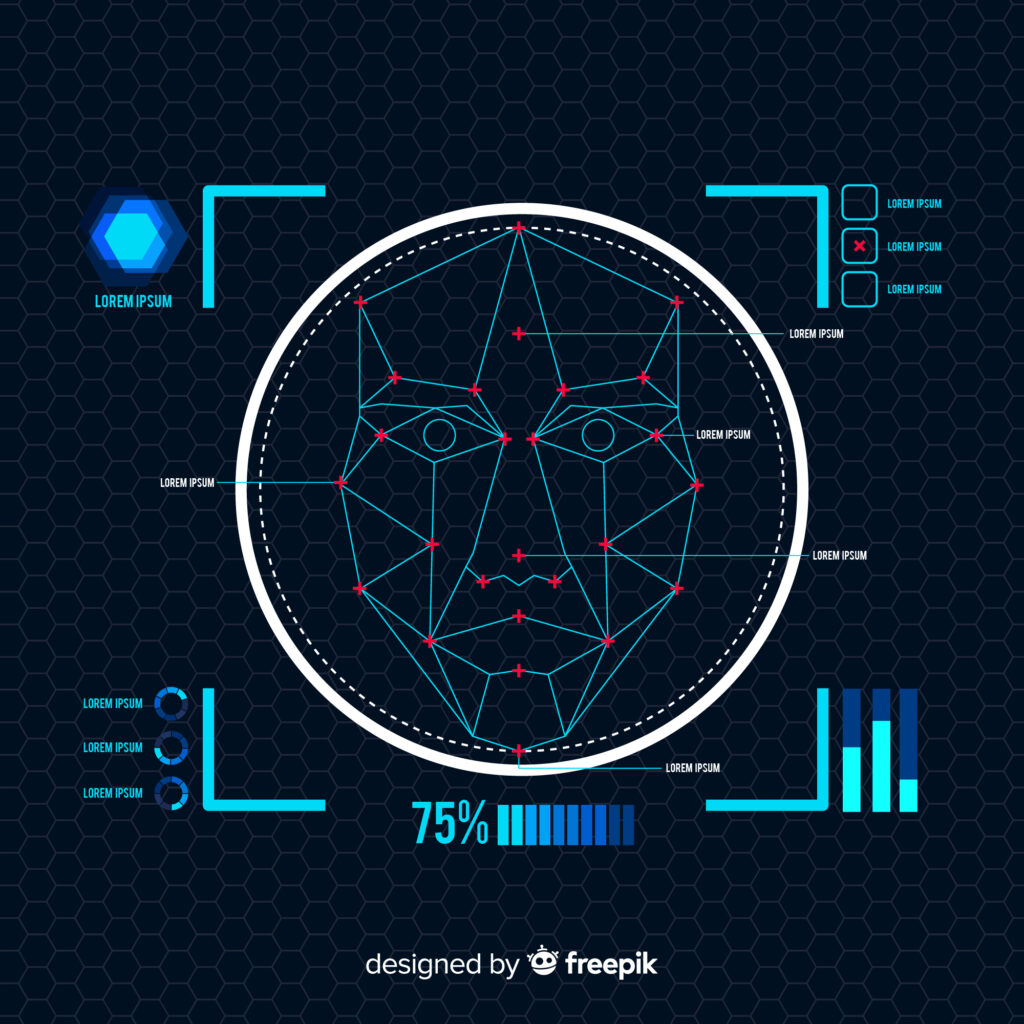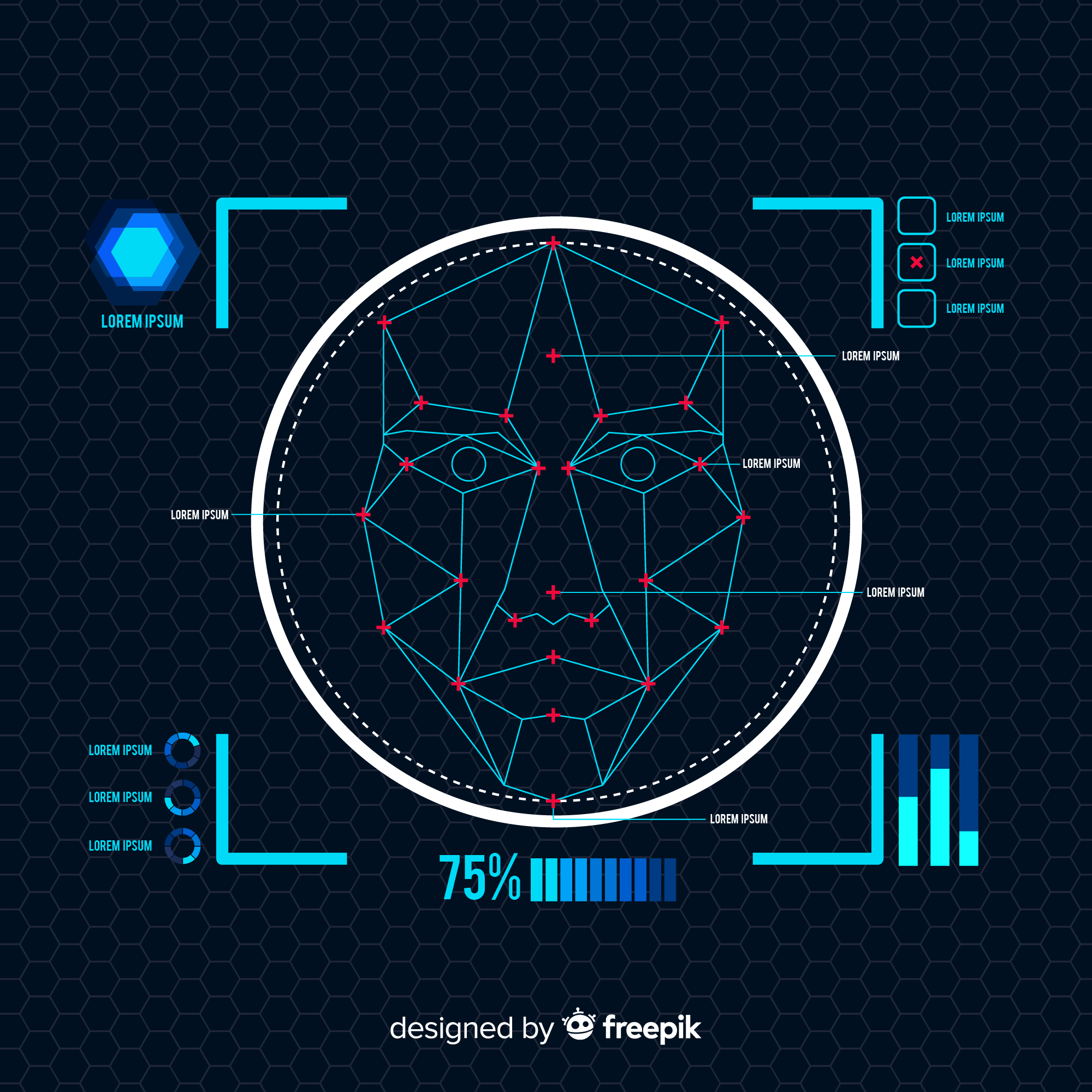The rapid advancements in artificial intelligence (AI) technology have brought unprecedented benefits to various industries, including natural language processing and image generation. However, with the growth of AI-generated content, concerns about its misuse and potential dangers have also emerged. Identifying AI-generated text and imagery has become a critical challenge in today’s digital landscape. In this article, we will delve into the concept of artificial intelligence detection, exploring the techniques and tools available to pinpoint AI-generated content and discussing its implications for various sectors.

Understanding Artificial intelligence Detection
AI detection refers to the process of identifying text and imagery produced or manipulated by artificial intelligence systems. As AI algorithms have become more sophisticated, they are increasingly capable of creating content that closely mimics human-generated text and images. Detecting such AI-generated content is essential to combat misinformation, identify deepfake images, prevent fraud, and maintain the credibility of digital platforms.
Challenges in Artificial intelligence Detection
AI detection poses several challenges due to the ever-evolving nature of AI algorithms. Some of the key challenges include:
a. Increasing Realism: AI-generated content is becoming increasingly realistic, making it harder to distinguish from human-generated content.
b. Rapid Advancements: AI technology is continuously evolving, with newer models outperforming previous ones. This requires AI detection tools to stay up-to-date to remain effective.
c. Adversarial Attacks: Some AI-generated content is deliberately designed to deceive AI detection algorithms, leading to adversarial attacks that compromise their accuracy.
d. Scalability: With the massive amount of digital content generated daily, AI detection tools need to be scalable and efficient to handle the vast volume of data.
Techniques for Artificial intelligence Detection
To address the challenges of AI detection, researchers and developers have come up with various techniques and approaches. Some of the most prominent methods include:
a. Statistical Analysis: Statistical methods can be used to identify patterns and anomalies in large datasets, helping to distinguish between human and AI-generated content.
b. Natural Language Processing (NLP): NLP algorithms can analyze the language structure and semantics to detect inconsistencies or patterns characteristic of AI-generated text.
c. Computer Vision Techniques: For AI-generated imagery, computer vision techniques are employed to detect artifacts, inconsistencies, or unusual patterns that may indicate AI involvement.
d. Machine Learning Models: Supervised and unsupervised machine learning models can be trained to recognize specific features unique to AI-generated content, enhancing the accuracy of detection.
e. Blockchain-Based Verification: Blockchain technology can be leveraged to create an immutable record of content generation, ensuring the authenticity of the source and minimizing AI-generated content dissemination.
Artificial intelligence Detection Tools and Platforms
Several organizations and researchers have developed AI detection tools and platforms to help identify AI-generated content. These tools leverage the latest advancements in AI technology to improve accuracy and efficiency. Some notable AI detection tools include:
a. OpenAI’s GPT-3 Detection Toolkit: OpenAI, a leading AI research organization, has developed a toolkit specifically designed to detect text generated by its GPT-3 language model. The toolkit uses advanced statistical analysis and NLP techniques to achieve reliable results.
b. Deepware Scanner: Deepware Scanner is an AI detection platform that employs deep learning algorithms to identify AI-generated images, videos, and audio. It is widely used in the media and entertainment industry to combat deepfake content.
c. Factmata: Factmata is an AI-powered platform that focuses on detecting misinformation and fake news. It uses natural language processing and machine learning models to evaluate the credibility of textual content and its sources.
d. Truepic: Truepic specializes in verifying the authenticity of images and videos using blockchain-based technology. It ensures that the media has not been manipulated or generated by AI algorithms.
Implications for Society and Industries
The ability to pinpoint AI-generated text and imagery has far-reaching implications for various sectors:
a. Journalism and Media: AI detection tools can help journalists and media outlets verify sources and identify misleading information, bolstering the integrity of news reporting.
b. Social Media and Online Platforms: Social media platforms can use AI detection to curb the spread of fake news, hate speech, and malicious content, fostering a safer digital environment.
c. Cybersecurity: AI detection is instrumental in detecting and preventing cyber threats that leverage AI-generated content, such as phishing emails with convincingly written AI-generated text.
d. Entertainment Industry: AI detection platforms are crucial in preventing the unauthorized use of AI-generated deepfake images of celebrities and public figures, protecting their identities and reputations.
Conclusion
Artificial intelligence detection is an essential defense against the misuse of AI-generated content in today’s digital world. By understanding the challenges involved and employing advanced techniques and tools, we can effectively identify AI-generated text and imagery. This ensures a safer and more reliable digital environment for individuals, businesses, and society as a whole. As AI technology continues to advance, the ongoing development of robust AI detection solutions remains vital to staying one step ahead of potential threats.
Related Articles:
1. How to Detect AI-Generated Text, According to Researchers
2. How to Detect AI-generated Content
3. 5 Ways to Detect Text Written by ChatGPT and Other AI Tools




